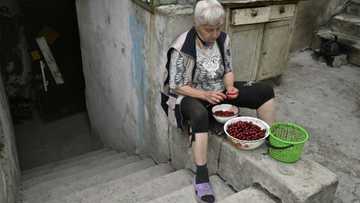In Cuba: sleeping fully clothed in case of building collapse
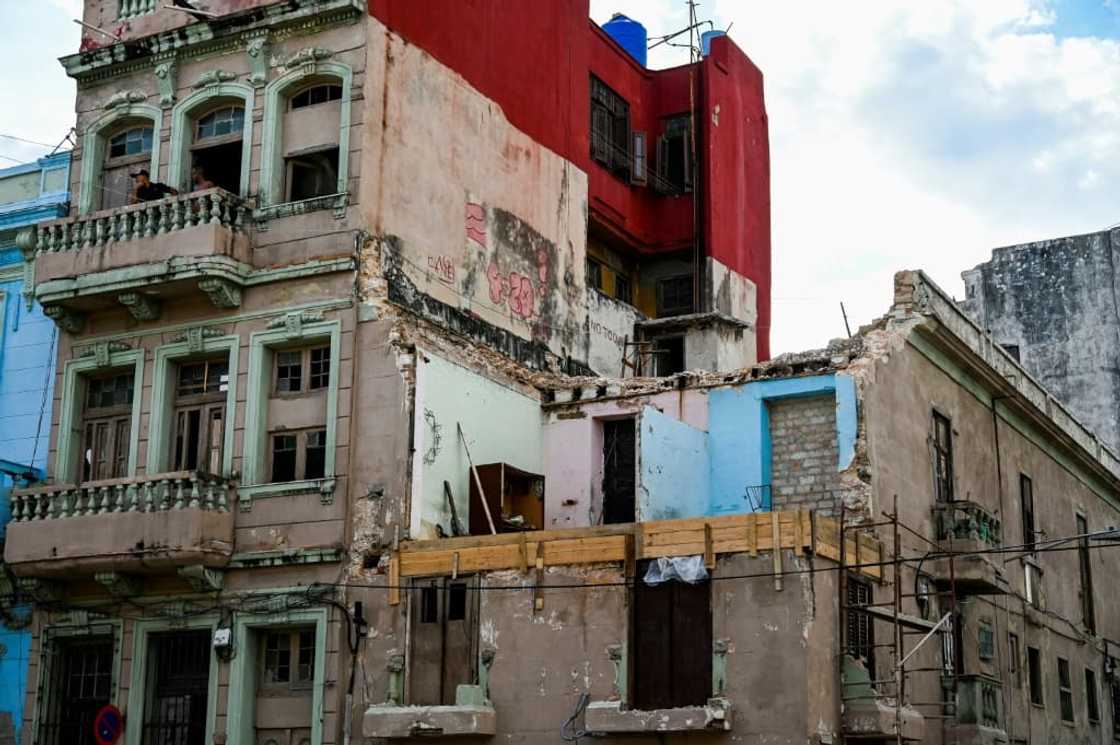
Source: AFP
New feature: Check out news exactly for YOU ➡️ find “Recommended for you” block and enjoy!
"When we go to sleep, it is with the fear of not waking up again," says Elisa Bacyan, resident in one of about 700 apartment buildings deemed unsafe in the Cuban capital, where collapses are frequent.
Bacyan, 51, lives alone with her daughter Lesyanis, 12 in an old-town building named "Edificio Cuba" that dates from 1940.
The six-story building belongs to the Cuban State, like most others on the communist island. It sports 114 small rooms that house 92 families rent-free.
It used to be an elegant hotel, say residents.
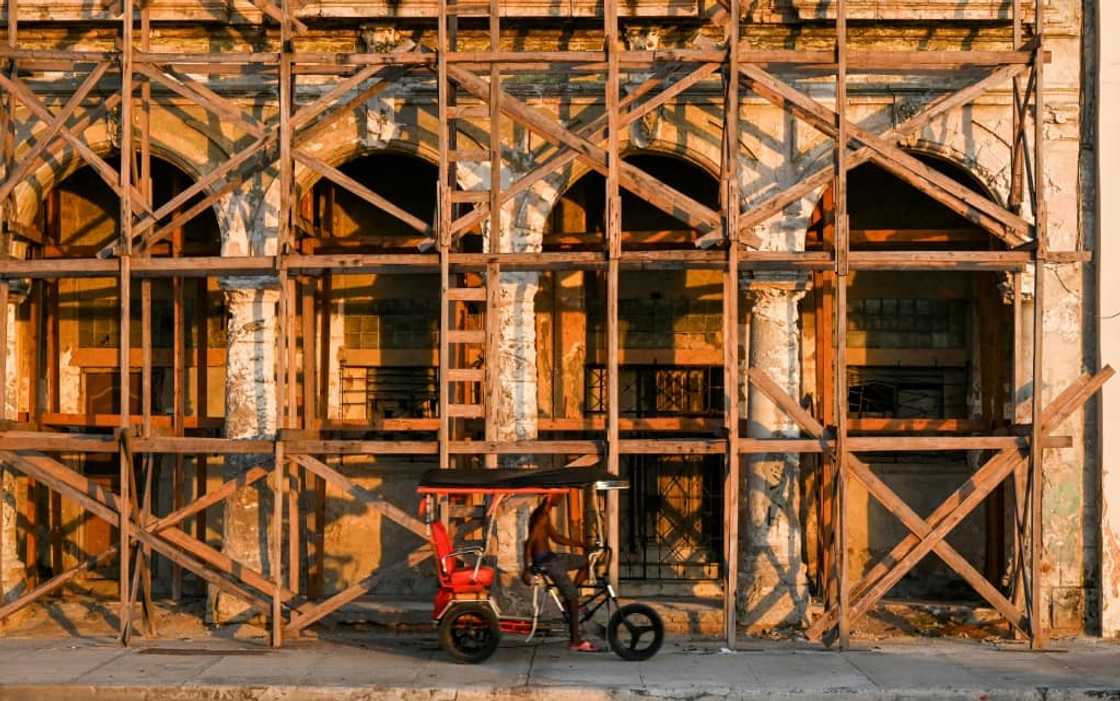
Source: AFP
PAY ATTENTION: Follow us on Instagram - get the most important news directly in your favourite app!
Today, the floor planks are broken, the ceilings, columns and passageway walls reveal twisted metallic skeletons, and cracks and leaks abound.
Children "cannot even play here, because every now and again a piece (of building) comes down," said Bacyan, with tears in her eyes.
"I've already lost a child" to illness, Bacyan told AFP. "I do not want to lose my daughter too."
'Not recommended'
Due to a lack of oversight and maintenance, buildings collapse fully or in part in Havana with shocking frequency, even more so during the rainy and hurricane season from June to November.
In 2020, a balcony gave way, killing three young girls.
This year, the first rains of June caused 146 buildings in the capital to partially crumble and two to come down completely, resulting in the death of a 69-year-old man, according to official media.
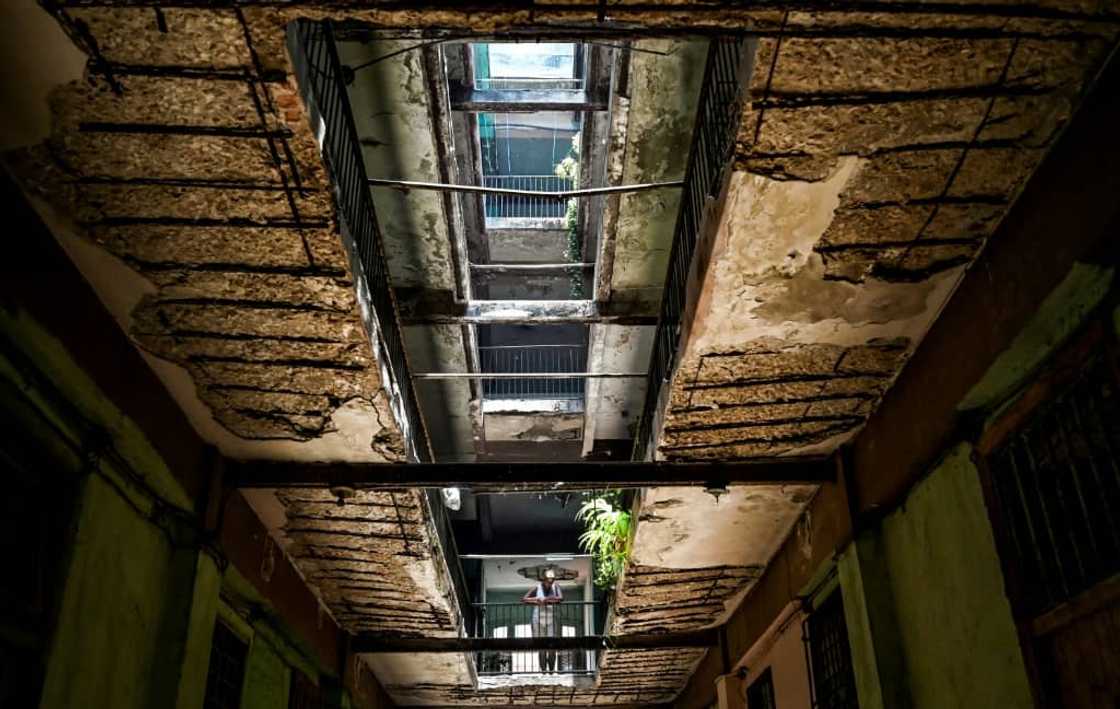
Source: AFP
Nobody knows who will be next.
Official figures show that about 37 percent of 3.9 million residential buildings in the country were considered to be in an undesirable state by the end of 2020.
A building specialist, who did not want to be named for fear of reprisal, told AFP that Bacyan's home, "Edificio Cuba," had "structural defects from floor to ceiling."
"It is not recommended that people live there."
In this building, as in many others, the makeshift addition of mezzanines, bathrooms and water tanks significantly add to the load they were built to withstand.
'No response'
Cary Suarez, 57, moved into "Edificio Cuba" in 1997 after her previous apartment block became one of the collapse statistics.
She was out, bringing her children to school, but her mother, who was at home, died.
"Having lived all this and being on the verge of reliving a collapse is very difficult," she said.
Francisca Pena, 54, has taken it upon herself to seek relief from the authorities on behalf of inhabitants.
"We have exhausted all avenues and we have had no response," she told AFP.
Pena said she sleeps fully dressed in case she has to "run out" in the middle of the night.
It has happened several times, she recounted, that residents rush out into the street after hearing a suspicious "noise."
"I have dark circles under my eyes, I don’t sleep, I live waiting for a section (of the building) to come off," said Luvia Diaz, a 50-year-old social worker who lives on the top floor of "Edificio Cuba" with her partner, three daughters and a grandson.
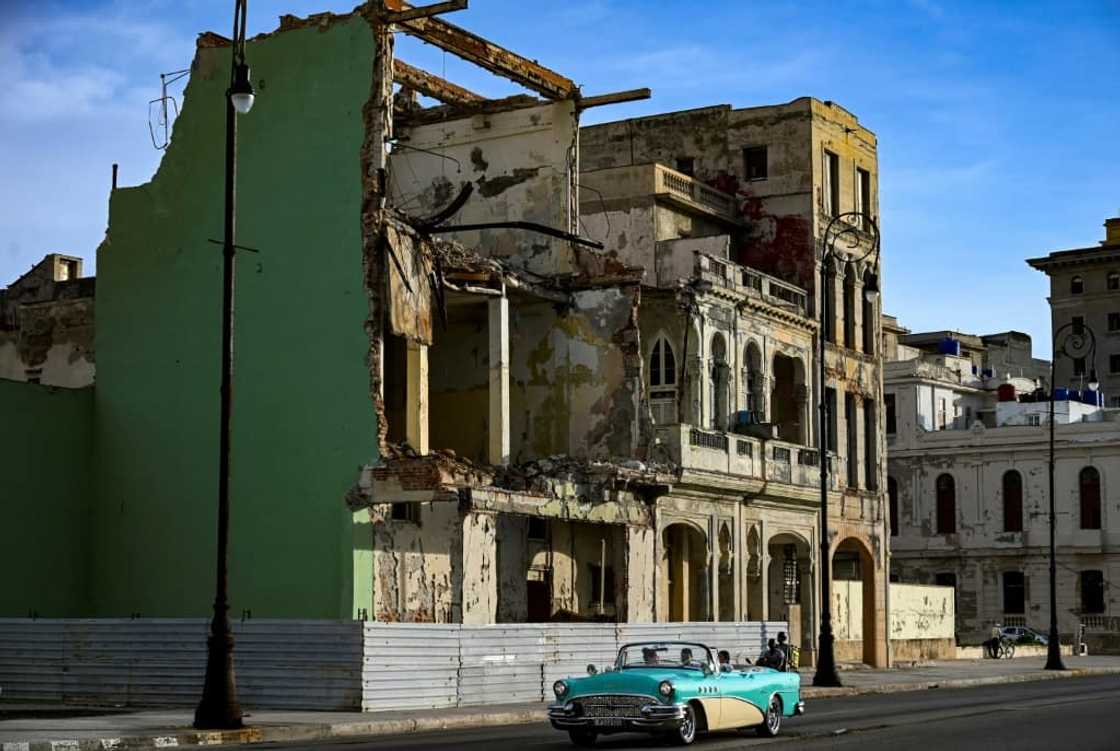
Source: AFP
Earlier this month, rains caused a piece of her bedroom ceiling to fall down, onto an empty bed.
"If my daughter had been sleeping there, it would have been a tragedy," she said.
Another resident, who would only identify herself as "Pumpa," was there when a part of the building came down 29 years ago, when she was just two.
A piece of ceiling hit her on the head, and Pumpa had to undergo complicated cranial reconstruction surgery, she told AFP while cleaning her apartment.
"I am afraid to live here... The second time I won't be saved," she said.
New feature: check out news exactly for YOU ➡️ find "Recommended for you" block and enjoy!
Source: AFP


